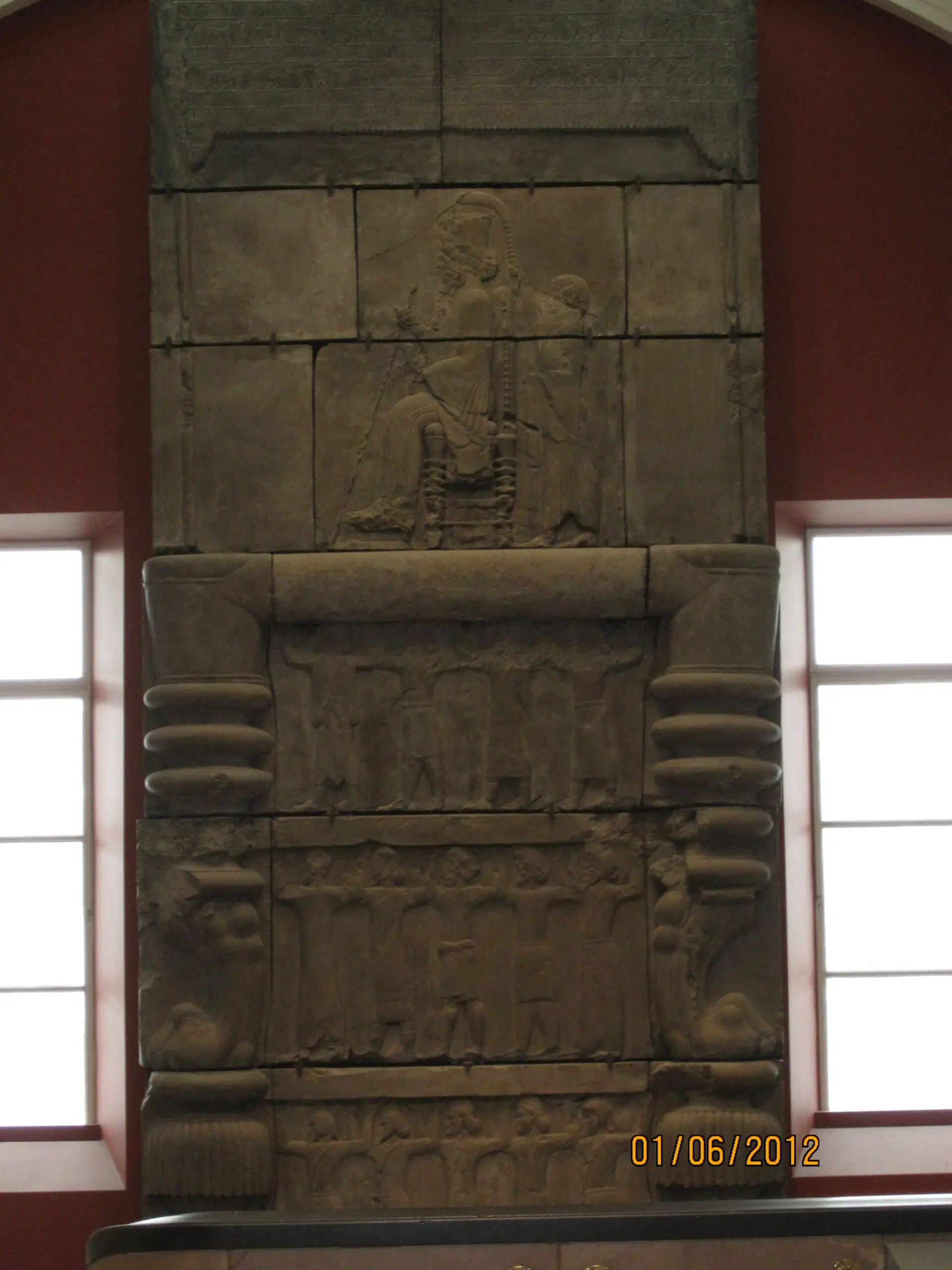Alexander the Great is known for many things. Overthrowing the Achaemenid empire at an incredible speed, excessive alcohol consumption, and marrying persian women.
But why did Alexander the great marry persian women? Was it love or did he have other motives?
Let`s find out
Alexander married persian women mainly for strategic purposes. He hoped that connecting his Macedonian dynasty to the persian nobility would result in a common identity that would give his empire stability.
Reasons for marrying persian women
Thanks to his powerful army Alexander the Great had been able to conquer the persian empire between the spring of 334 and march of 324 BC.
During these 10 years, Alexander and his troops had conquered an area that stretched from Greece in the West to the Modern-day Border between India and Pakistan in the East. That stretched from Northern Afghanistan to the south of Egypt.
You can find more information on how much of modern-day India Alexander conquered in my article here.
All that had been achieved with a relatively small amount of soldiers. If you like to find out more about Alexanders Army and its units I would highly recommend my article here.
But despite his military successes Alexander quickly realized that defeating a gathered army was one thing. Keeping control over the conquered area that at its maximum stretched over approximately 2393833,38 square miles was a totally different thing.
Alexander realized that he needed the help and recognition of local Noblemen to consolidate his power over the newly conquered areas. His army of loyal Macedonians was just too small to be able to fight everywhere at once.
So let’s take a look at the women that Alexander married himself.
Who were the Persian women Alexander married?
First of all, it is important to realize that being married to multiple women to secure strategic alliances was not an Invention that Alexander made.
His father, Philip II of Macedon (who also created the army that Alexander would use, read more about that in my post here), had been married to as much as 7 women.
So it should not come as a surprise that Alexander wasn`t exactly an advocate for monogamy. During his campaigns Alexander would always have the company of women, some of them greek some of them not.
Alexander the Great married a total of three persian women. Roxana, Stateira II and Parysatis II.
The first woman that Alexander married was Roxana.
Roxana
Roxana was the daughter of the Bactrian nobleman Oxyartes, an enemy of Alexander the Great.
During the battle of Gaugamela in the fall of 331 BC the Persian king Dareios III had been able to escape. In The Aftermath of the battle Dareios III retreated deeper and deeper into the east of his empire where he was assassinated by his men in July of 330 BC.
A man named Bessos took his place. And while Alexander was trying to merge his Macedonian kingship with the newly conquered Persian kingship, Bessos continued the war against Alexander the Great.
Do you want to learn more about why Alexander the great would adopt Persian customs and why many of his senior officers rebelled against that? And what drastic measures Alexander took? Check out my article here!
Bessos had retreated into Bactria where he gathered his supporters. To pursue Bessos Alexander had to cross the Hindu Kush, which he did in the spring of 329 BC.
By the way, the city of Kabul was founded by Alexander during that campaign. Its goal was to protect the street to India (in Antiquity India is the modern-day Pakistan) and the mountain passes into the province of Bactria.
In the summer of 329 BC, Alexander was finally able to capture Bessos, who had been extradited by his own men.
The problem was that the war was still not over. The following two years, the Pacification of Bactria and Soctria would become the most challenging years of Alexander’s entire campaign.
The main reason for that was Roxana’s father, Oxyartes. Oxyartes was not only a nobleman, he was also the governor of the provinces Bactria and Soctria.
Both of the Provinces were famous for their cavalry that formed the most effective part of the Persian army.
Even after the Extradition of Bessos (that Oxyates participated in), the war was not over. Oxyates found a new warlord that he would support.
The war would last until the spring of 327 BC when the last fortresses of the rebels had to surrender. In order to finally pacify Bactria and Soctria Alexander used a tool that his father had already used.
Alexander’s father, Philip II of Macedon, was famous for consolidating his power by marrying noblewomen after he had conquered an area.
Alexander imitated that by marrying Roxana, the daughter of his old enemy Oxyates, in the spring of 327 BC.
Alexander married Roxana by using Persian, not Macedonian customs!
While antique sources like to portray the marriage as a pure act of love historians are pretty sure that the motives were much more rational.
The Macedonians were able to use the marriage as leverage to ensure the good behavior of the local Bactrians and Soctrians. And Oxyartes, who had conveyed the marriage, gained a place as one of Alexanders’ closest companions.
In Addition to that, the brothers of Roxana would be included in the Hetairoi cavalry. Click here to read my article where i go into depth about the Hetairoi and how they were used.
Until that point, the Hetairoi consisted of the sons of Macedonian noblemen. Integrating the sons of Iranian noblemen was a huge step and a clear hint on what Alexander wanted to base his power on.
If you want to learn more about why Alexander integrated former enemies into his close environment you might want to check out my article here.
After marrying Roxana in 327 BC Alexander would marry two other women, Stateira II and Parysatis II, at the famous wedding of Susa in 324 BC.
Stateira II & Parysatis II
Both Stateira and Parysatis married Alexander the Great during the wedding of Susa in 324 BC.
Arrian, who lived centuries later during the Roman period and who for that reason has to be treated with care, claimed that Stateira was the oldest of the Persian King Dareios III.
While Parysatis is claimed to be the youngest daughter of the Persian King Artaxerxes III, who was the predecessor of Dareios III.
Both Stateira and Parysatis were women who originated from the inner circle of the royal Persian family!
It seems obvious that Alexander the Great wanted to strengthen his claim on the Persian throne by connecting himself to the dynasty of the old Persian kings.
Why did Alexander marry persian women?
Alexander the Great knew that his small force of loyal Macedonians, more on the size of his army here, would not be enough to control the lands that he had conquered. He knew that he needed the acceptance of the local noblemen if he wanted to create a dynasty that would last.
Alexander wanted to consolidate his rule over the Persian Empire and its regions by combining his dynasty with local dynasties (Roxana) and even with the dynasty of the Persian kings (Stateira and Parysatis) that he claimed as his predecessors.
The marriages were another tool, just like the adaption of persian customs. You can find out more about the persian customs Alexander adopted in my article here.
Do you want to find out more about why Alexander married Persian women? I wrote a detailed article on that topic that you can find here. Please check it out!
His plan might have worked if he would not have died in 323 BC. Imagine the world we would live in if Alexander would have survived and would have been able to leave an heir behind. But that is a story for another time.
I hope you enjoyed our short trip into the world of Alexander the Great.
Take care of yourself because you deserve it. You really do.
Until next time
Yours truly
Luke Reitzer
Sources
P. Cartledge, Alexander the Great (2005).
Plutarch, The life of Alexander the Great.

